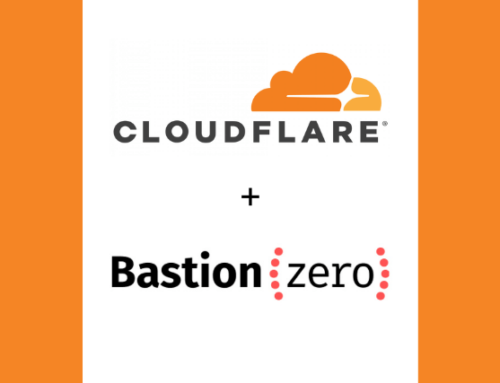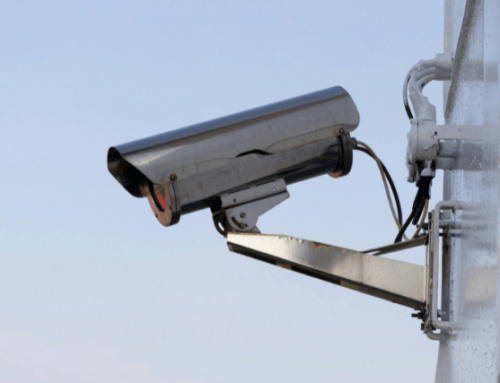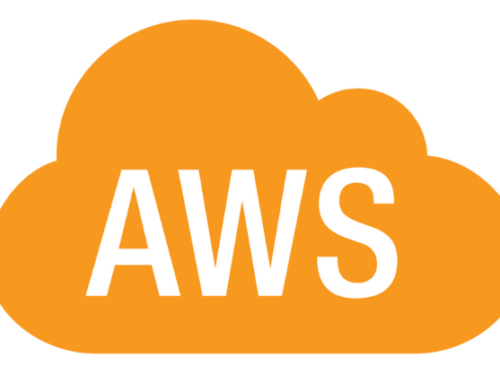Shadow IT Puts Your Cloud Environments – and Your Proprietary Data – at Risk
The number of software services that users have access to has exploded over the past decade. IT departments often fail to keep up with or deny user requests for new software, which can lead users to downloading the software themselves either on their company or personal devices. Shadow IT can be beneficial to organizations, but it can also lead to potential data breaches. Before we discuss the data risks of shadow IT, we should define the term.
What Is Shadow IT?
Simply put, shadow IT is the use of hardware or software by an individual within an organization without the approval of the IT department. The use of a personal smartphone to access company emails or utilizing a software productivity application that is not approved by the IT department are two examples of shadow IT.
Generally, the intent of shadow IT is not malicious. A user is simply trying to perform their job more efficiently or effectively. In order to accomplish this, they find a device or service that can improve their performance. An employee may be unaware that they need to ask the IT department to download a software solution or use an unapproved device, or the employee may not want to jump through all of the hoops required to use the solution.
Even though an IT department may be doing its due diligence, an IT department may not be able to keep up with the needs of an organization and the users. This leads employees to download software solutions and utilize hardware to better perform their jobs. When a department or user is denied access to a certain cloud service, they may go out on their own to utilize another service, often without explicit authorization.
Cloud services are typically the largest category of shadow IT. The ease that users can download a software-as-a-service onto their devices enables them to access and utilize these solutions. IT departments can learn about their deficiencies by studying shadow IT systems in their organization.
How Does Shadow IT Put My Data At Risk?
The software that a user or department downloads can end up being malicious or share more data than company standards allow. This can lead to potential issues, such as government fines, that can impact a business’s overall financial health. There are a number of data-related risks that shadow IT creates.
Unmonitored endpoints, such as cloud applications, are potential entry points for hackers into the company’s network. An IT administrator has no control over who is accessing certain data in the organization. Bad actors can infiltrate company networks and steal pertinent information.
An employee who utilizes an unapproved software solution may not have a recovery strategy. If an issue occurs, important data may become permanently lost. IT departments are usually in charge of keeping software applications up to date. Users that install shadow IT applications may not update software applications, which can make applications vulnerable to known hacks.
It departments need to ensure that they develop comprehensive and efficient procedures for approving the use of cloud applications. This can help decrease the number of applications that IT departments are unaware of. Organizations can prevent data breaches, while increasing department and employee productivity with proper application management.












